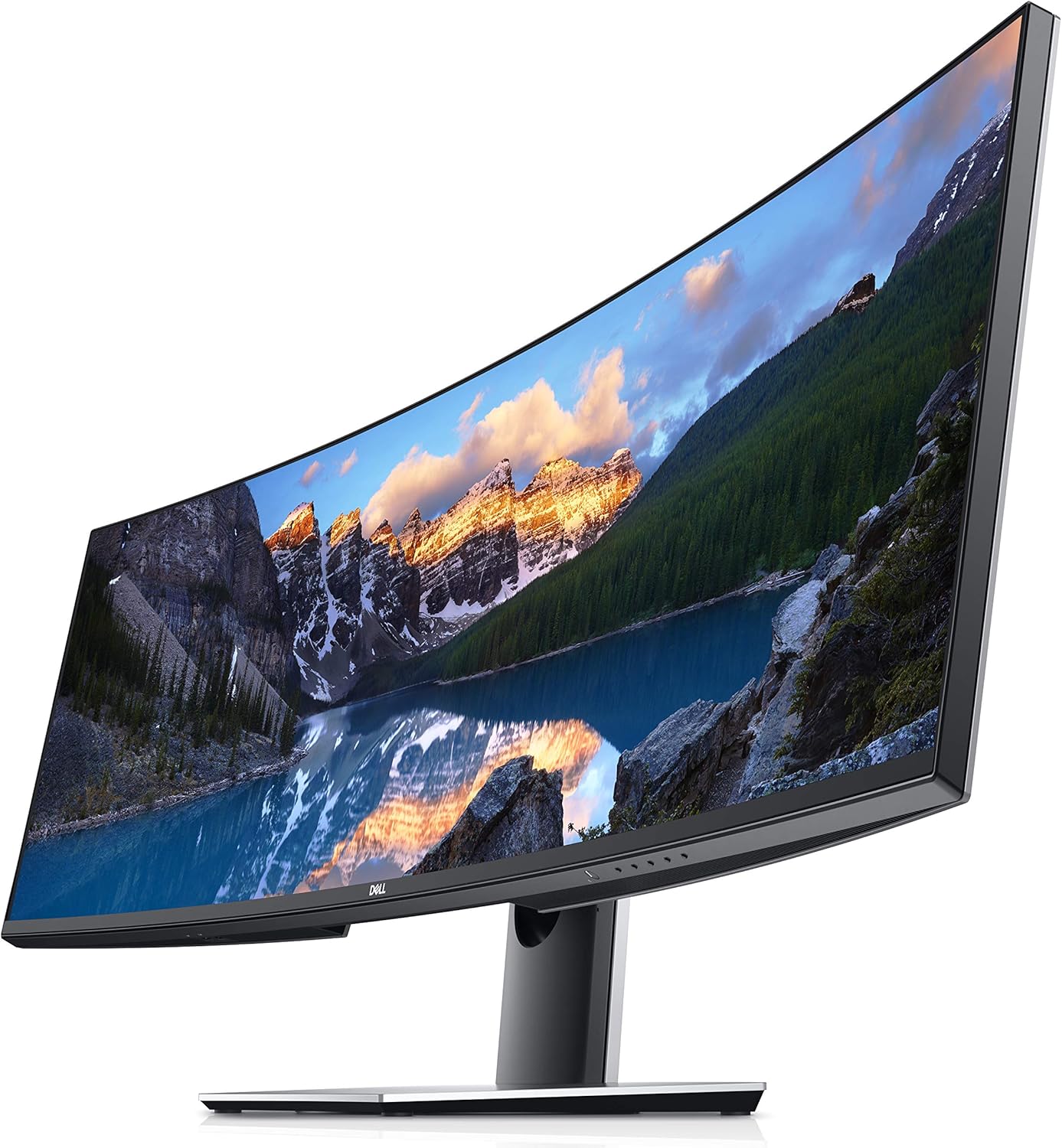A reported delay to the planned introduction of the first micro-LED Apple Watch has been explained by a supply chain report, which reveals the extreme manufacturing challenges involved in bringing the next generation of display tech to Apple products.
While we’re expecting micro-LED to roll out first to the Apple Watch before later making its way to the iPhone, iPad, and Mac, today’s report suggests that a Vision Pro successor may also get the new tech at a relatively early stage …
The next step in Apple’s display roadmap
We’ve previously outlined Apple’s display roadmap, which began with IPS LCD with conventional backlighting.
Next up was IPS LCD with miniLED backlighting. Apple switched to this for iPad Pro models, and is now using it in MacBooks.
The switch to OLED began with the Apple Watch, before reaching iPhones as of the iPhone X. OLED iPads are expected early next year, with MacBooks to follow.
Micro-LED, as the name suggests, comprises microscopic versions of conventional LEDs, with entire arrays of these making up each pixel element. Micro-LEDs are a hundred times smaller than traditional LEDs.
Micro-LED Apple Watch delay
TrendForce last month reported that the first Micro-LED Apple Watch is now expected to be launched in 2026, instead of 2025. The delay was said to be due to the difficult manufacturing process.
The tiny size of micro-LED components makes displays extremely tricky to manufacture, which can result in both low yield rates and consequent high costs.
The Elec today carries a report on LG buying a bunch of micro-LED patents to help with the process.
It explains that this tiny size makes it really hard to get it right first time – at least in high enough yields to make manufacturing feasible. LG’s existing workaround involves a repair process for failed displays, but this is expensive.
Micro-LEDs are the biggest challenge in the transfer process of planting chips tens of micrometers (μm) in a precise position. Because the micro-LED chip is small and difficult to handle. The low yield of the transcription process requires a repair (repair) process to replace defective micro-LEDs, all of which leads to higher costs.
Taiwanese company Ultra Display Technology owned 14 US patents (one pending) for a more reliable transcription process – precisely positioning the chips – resulting in higher yields. LG has purchased these, to allow it to use that improved manufacturing method.
We can expect the first micro-LED Apple Watch to be an Ultra model, before the display tech filters down to standard models.
FTC: We use income earning auto affiliate links. More.




Comments